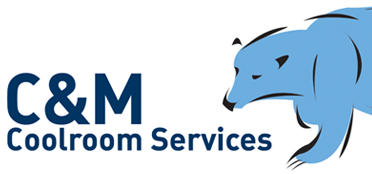Cold Chain For Food Quality and Safety: Why Freezer and Coolroom Temperature Matters?
11 March 2019Regarding operational cold chain strategies, there’s little point in blindly building a refrigerated supply, distribution and storage network. Such temperature-controlled frameworks require expert guiding hands, after all, plus the kind of equipment platforms that can absolutely guarantee an uninterrupted product transferral and apportionment policy. The major components assure food quality and safety, but then it’s the coolroom linkages that maintain the unbroken supply and storage chain.
Configuring the Major Framework Components
Crucially, cold chains don’t work if they’re littered with broken linkages. So, as a refrigerated and packaged batch of food makes its way down the production line, a continuous source of frozen storage space must be present at all times. In a restaurant or catering facility, the main components in that logistically managed network are the coolrooms and freezers. One of those key system nodes, a kitchen coolroom, keeps beverages and produce cool and fresh. Next to that sealed chamber, there might be a freezer, which drops the temperature well below zero so that meaty cuts go safely into storage. Incidentally, those icy levels destroy bacteria and parasites. However, at least some of those micro bacterial elements can survive, hence the need for an uninterrupted cold chain.
Eliminating Cold Chain Discontinuities
From the food production factory to the kitchen, the segments extend. Even when transported by rail or by road, the food is safely ensconced inside a refrigerated container. These are the “Reefers,” the refrigerated trailers that provide independent power supplies. The power loops back to the mobile containment unit, where it energizes refrigeration equipment. Yes, that segment is seemingly isolated from the cold chain. It’s out on the road and on the move. In truth, however, it’s still an active component in a continuously live cold chain. Even the coolrooms in a big supermarket find their way onto the framework. They’re clearly separate constructs on the outside, so a shopper needs to open each glass door, one at a time. Behind the shelves, though, the entire coolroom is one structure, which can be loaded by hand so that a food quality and safety policy stays intact.
Temperature management programs rule the cold chain. There are alarms and satellite connections monitoring reefers. There are even special parking facilities where the trucks can stop for the night while a local power supply keeps their containers icy cold. Considering the resources expended here, how could a stationary cold chain segment do any less? The food production rooms maintain the chill. And, at the terminating end of the line, destination coolrooms and freezers maintain chain integrity. Remember, there can be no weak spot in the cold chain where an ambient temperature jeopardizes food quality and safety.
Mark Connelly
C&M Coolroom Services
E-mail: markconnelly@cmcoolrooms.com.au
Mobile: 0412 536 315
Optimized by NetwizardSEO.com.au


